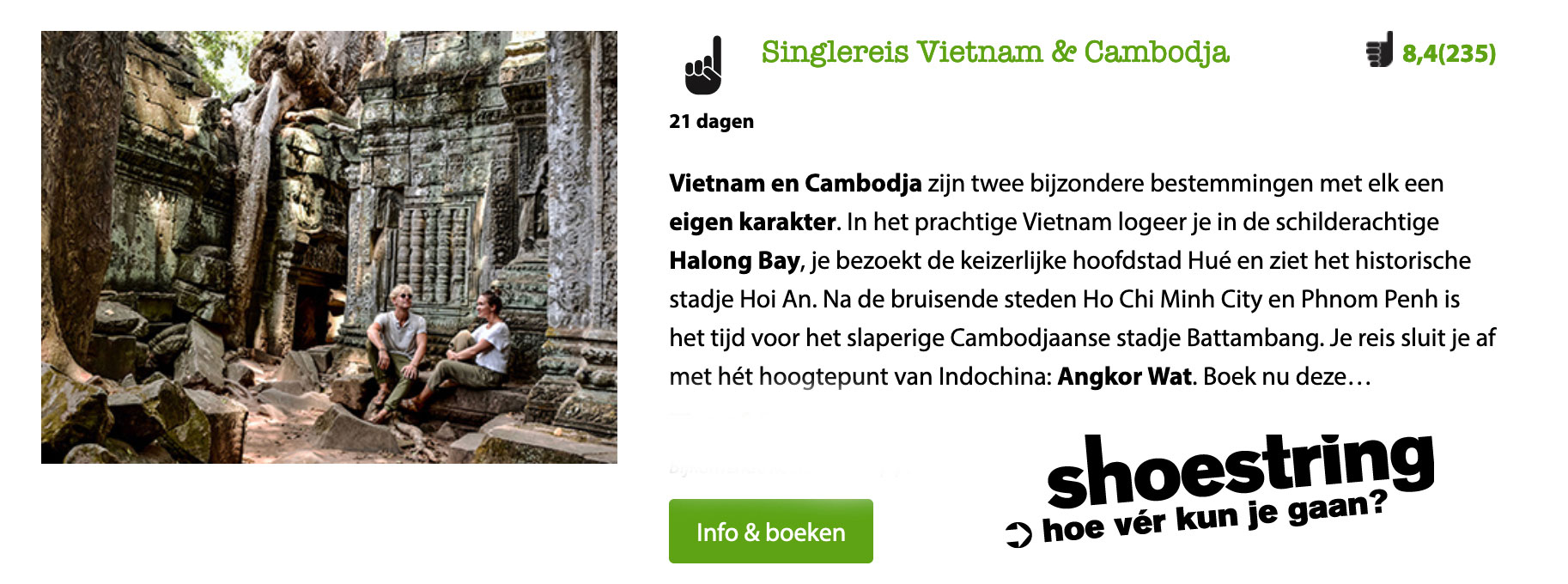Geography Vietnam is a fascinating subject that encompasses the diverse landscapes, climate, and natural resources of this Southeast Asian country. Located on the eastern coast of the Indochinese Peninsula, Vietnam is bordered by China to the north, Laos and Cambodia to the west, and the South China Sea to the east. Let’s explore the geography of Vietnam in more detail.
1. Landscapes
Vietnam is known for its stunning landscapes that range from towering mountains to lush valleys and pristine beaches. The country can be divided into four main regions:
- Northwest: This region is characterized by rugged mountains, deep valleys, and terraced rice fields. The famous Sapa region, with its picturesque landscapes and ethnic minority communities, is located in the northwest.
- Northeast: The northeast region is home to the stunning Ha Long Bay, a UNESCO World Heritage Site known for its limestone karsts and emerald waters. This region also features beautiful national parks and scenic coastal areas.
- Central Highlands: The Central Highlands of Vietnam are known for their coffee plantations, waterfalls, and ethnic minority cultures. This region offers opportunities for trekking and exploring the unique traditions of the local communities.
- Mekong Delta: Located in the southern part of Vietnam, the Mekong Delta is a vast network of rivers, canals, and rice paddies. This fertile region is often referred to as the “rice bowl” of Vietnam and is famous for its floating markets and agricultural activities.
2. Climate
Vietnam has a diverse climate due to its elongated shape and varying topography. The country experiences a tropical monsoon climate, characterized by distinct wet and dry seasons. The climate can be broadly divided into three regions:
- North: The northern region of Vietnam has four seasons, with hot summers and cold winters. The capital city, Hanoi, experiences a humid subtropical climate, while the mountainous areas can be much cooler.
- Central: The central region of Vietnam is prone to typhoons and experiences a wet season from September to December. The coastal areas, including the popular tourist destinations of Da Nang and Hoi An, have a tropical climate with high humidity.
- South: The southern region of Vietnam has a tropical climate with high temperatures and humidity throughout the year. Ho Chi Minh City, the largest city in Vietnam, experiences a dry season from December to April and a wet season from May to November.
3. Natural Resources
Vietnam is rich in natural resources, which play a significant role in its economy. Some of the key natural resources found in Vietnam include:
- Coal: Vietnam has substantial coal reserves, particularly in the northern and central regions. Coal mining is an important industry in the country.
- Oil and Gas: The offshore areas of Vietnam are known for their oil and gas reserves. The country has been actively exploring and developing these resources in recent years.
- Minerals: Vietnam is also rich in various minerals, including tin, zinc, copper, and gold. These minerals are essential for industrial production and export.
- Agricultural Land: Vietnam has fertile agricultural land, particularly in the Mekong Delta region. Rice, coffee, tea, and rubber are some of the major agricultural products of the country.
In conclusion, the geography of Vietnam is incredibly diverse, offering a wide range of landscapes, climates, and natural resources. From the stunning mountains in the northwest to the picturesque coastal areas in the northeast and the fertile Mekong Delta in the south, Vietnam has something to offer for every traveler and explorer.




